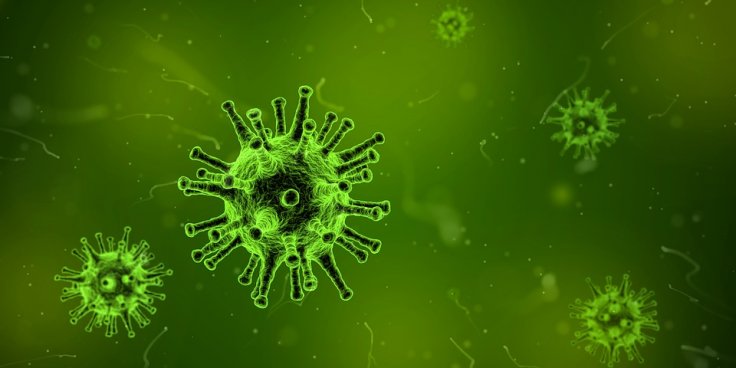At a time when antimicrobial resistance has made the effectiveness of traditionally prescribed antibiotics such as penicillin limited, finding new alternatives is a clinical challenge. However, this may soon be a worry of the past.
Researchers from McMaster University claim in a new study that they have discovered a new class of antibiotics that attack bacteria in a unique way. Belonging to a family of antibiotics known as glycopeptides, that are synthesised from soil bacteria, the two drugs — newly-found, corbomycin, and lesser-known, complestatin — kill bacteria by blocking the function of its cell wall.
"We found one completely new antibiotic in this study, but since then, we've found a few others in the same family that have this same new mechanism," said Beth Culp, first author of the study.
Looking at lesser-known antibiotic alternatives

The scientists analysed the known members of the glycopeptides family tree and examined the genes of those members whose resistance mechanism was lesser-known. Exploring the potential of these antibiotics to exhibit a new attack strategy against bacteria was the intention of the team.
Incidentally, they found that the site targeted by these new antibiotics was the bacterial cell wall. Employing cell imaging techniques in association with researchers from Université de Montréal, Culp's team received the confirmation they sought. "We hypothesized that if the genes that made these antibiotics were different, maybe the way they killed the bacteria was also different," said Culp.
How do these new antibiotics work?
Bacteria have a wall or a boundary around them which is known as the cell wall. It gives them structural strength and shape. The cell wall is often the site that antibiotics target, and are made up of peptidoglycan, a polymer comprising of sugars and amino acids.
Culp explained that the mechanism of antibiotics such as Penicillin involves the prevention of the building of bacteria's cell wall in order to kill it. However, the antibiotics discovered by Culp's team works by doing the exact opposite — it prevents the cell wall from being broken. A cell can divide only when its wall can break in order to enable its multiplication, and this new class of antibiotics impedes this process.

"In order for a cell to grow, it has to divide and expand. If you completely block the breakdown of the wall, it is like it is trapped in a prison, and can't expand or grow," she pointed out.
Potential to develop new antibiotics
Stressing on the potential of the study in aiding in the development of new antibiotics, Culp added, "This approach can be applied to other antibiotics and help us discover new ones with different mechanisms of action."
Using mice, the study also demonstrated that the new antibiotics could successfully repel infection brought on by the drug-resistant Staphylococcus aureus, a group of bacteria with the ability to cause various lethal infections.









